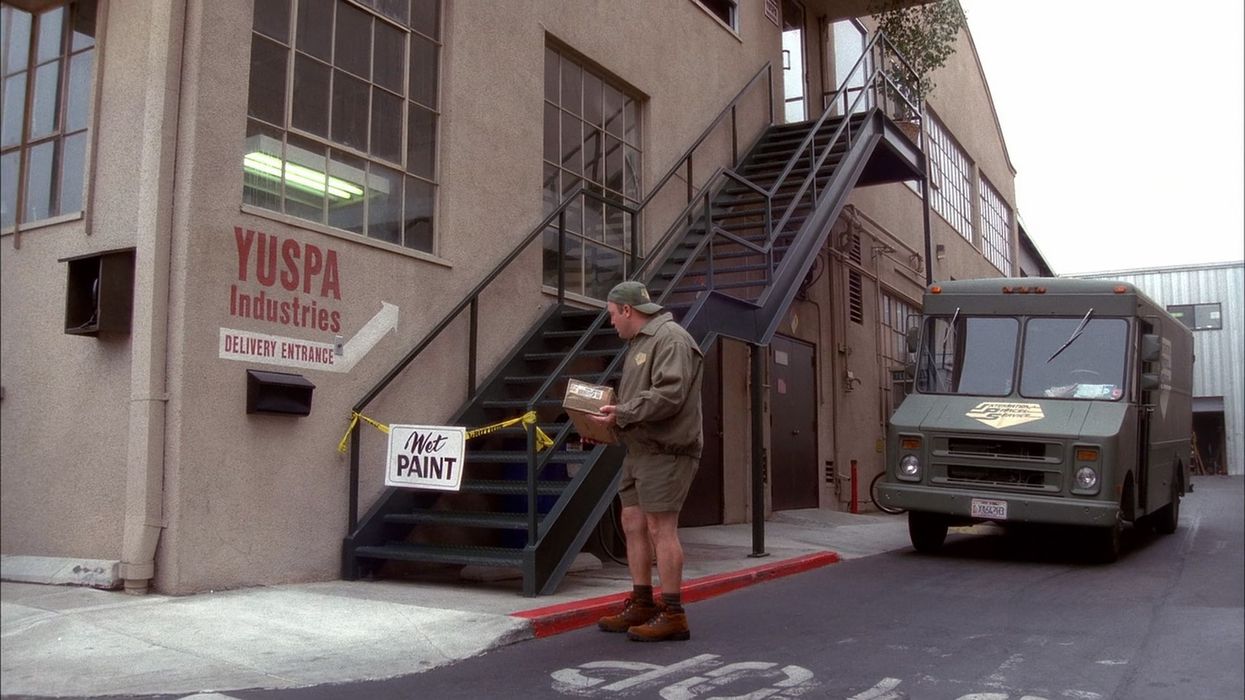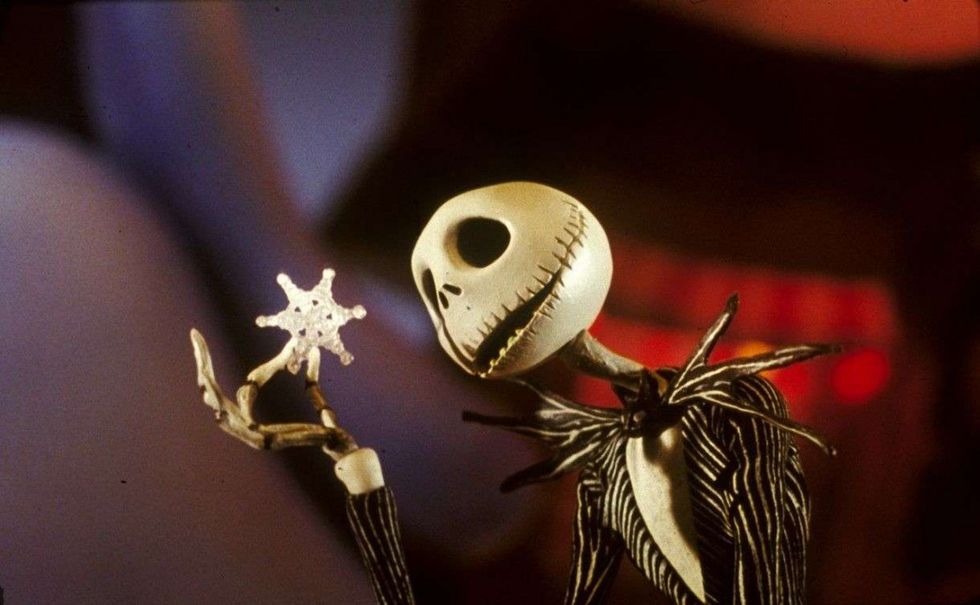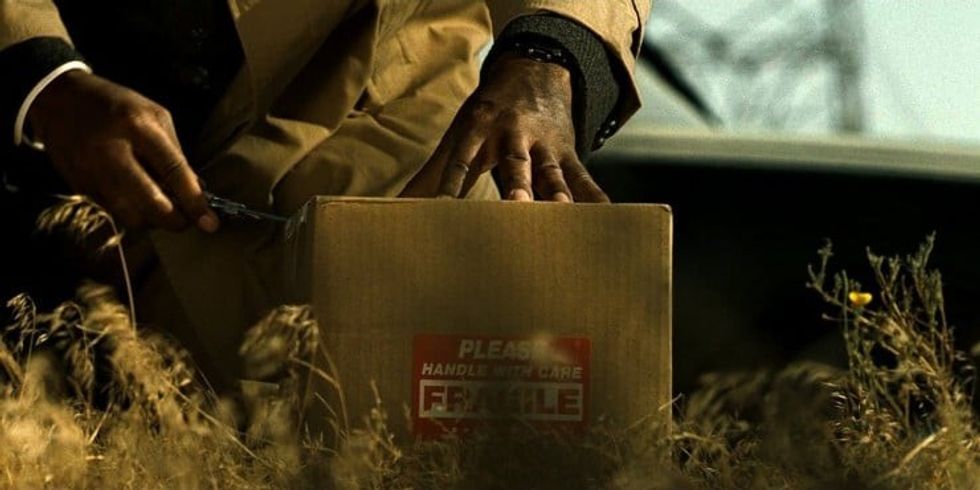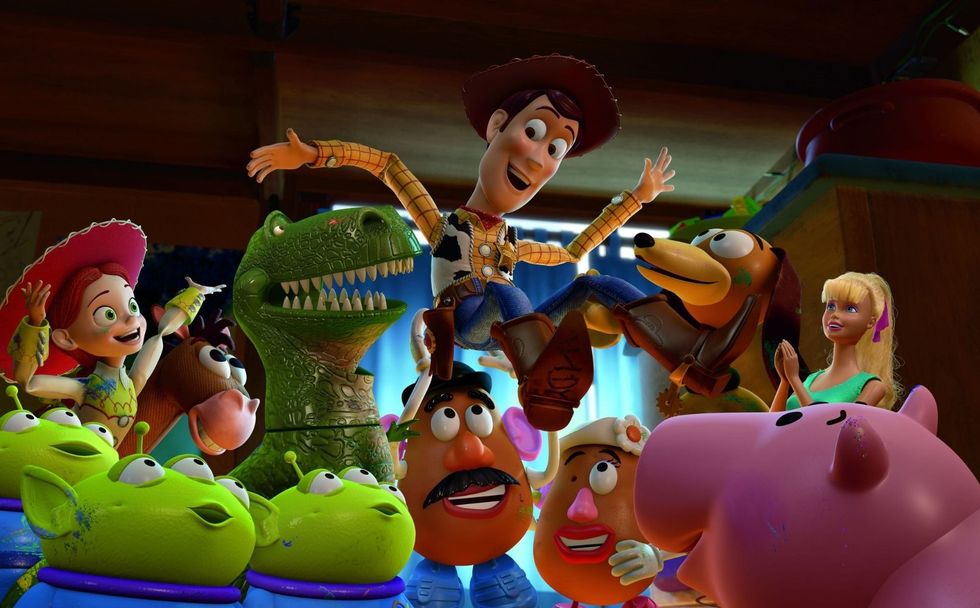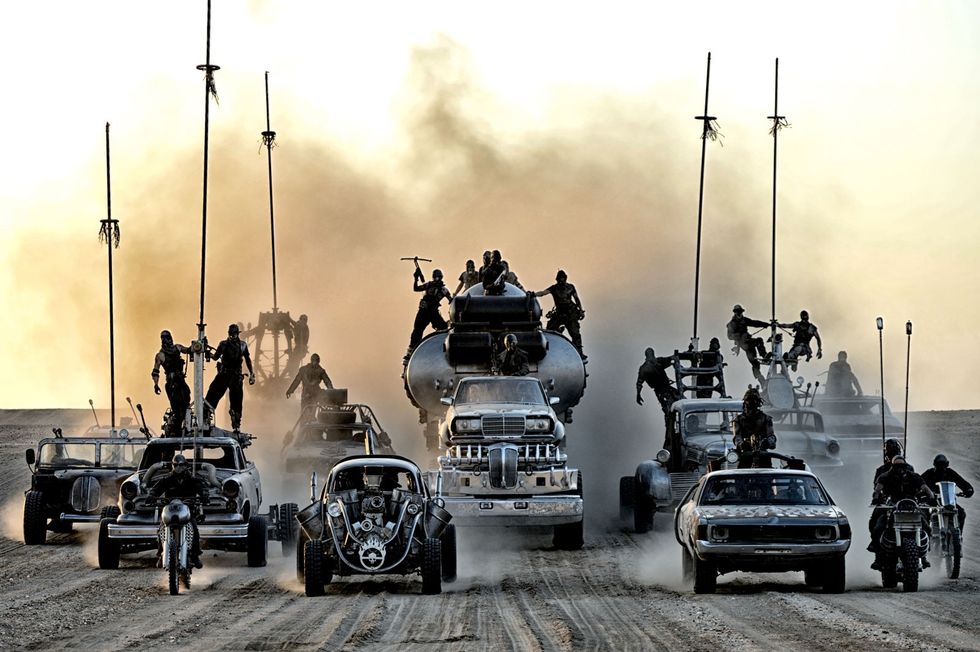What Is Sequence Shooting and How Can It Help You Be a Better Storyteller?
When you set out to shoot, how do you know what kinds of shots to capture?
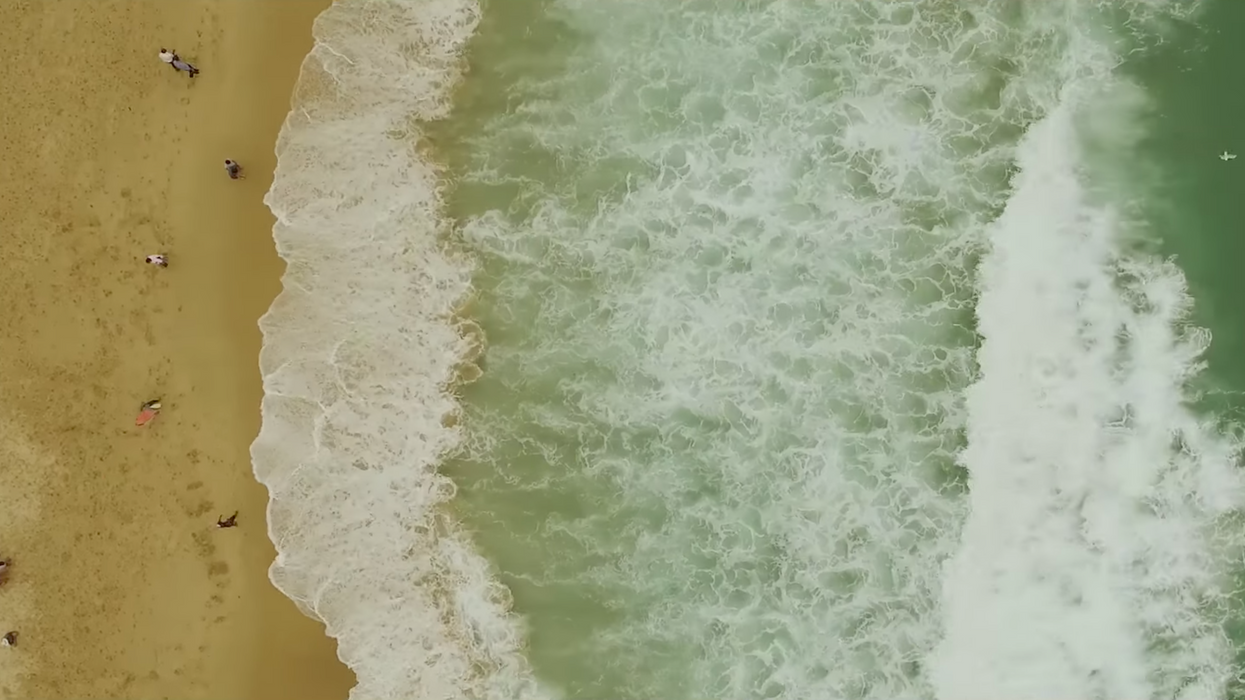
No matter what you're shooting, be it a documentary, a feature, or even just some b-roll, that all-important question will be jumping around in your head constantly: "What should I shoot?" Granted, the answer is going to be different depending on the project you're working on, but if you focus less on the specific shots and more on the general type of shots, you might be able to make sense of an otherwise chaotic and confusing filmmaking experience.
In this video, Teppo Haapoja goes over a foundational filmmaking concept that will help you to not only plan and organize your day of shooting easier but to also ensure that you're getting all of the shots you need for your edit.
Though Haapoja calls this essential technique "sequence shooting," many other filmmakers know it as "coverage." It's the practice of capturing a scene from different distances to ensure that you have, at least, a wide (also called a "master shot"), medium, and close-up. This ensures that when it comes time to edit footage, the editor has plenty of shot sizes to work with.
"The wide tells where, the medium tells who, and the tight tells what."
Teppo's advice here is uniquely important for filmmakers and vloggers who may not always have a plan when they set out to shoot some b-roll (or even their principal photography!), because when you're out there in the thick of it, it's easy to get confused by what you've shot and what you need to shoot. Sequence shooting helps you avoid being overwhelmed by the details, allowing you to simplify your mental shot list by reciting a simple mantra, "wide, medium, tight," that way you can focus more on composition, lighting, and how you're going to tell a story with your images.
But even if you do plan your shots ahead of time, you can still use the idea behind sequence shooting to pencil in the shots you're going to need before you shoot them.
Source: Teppo Haapoja
